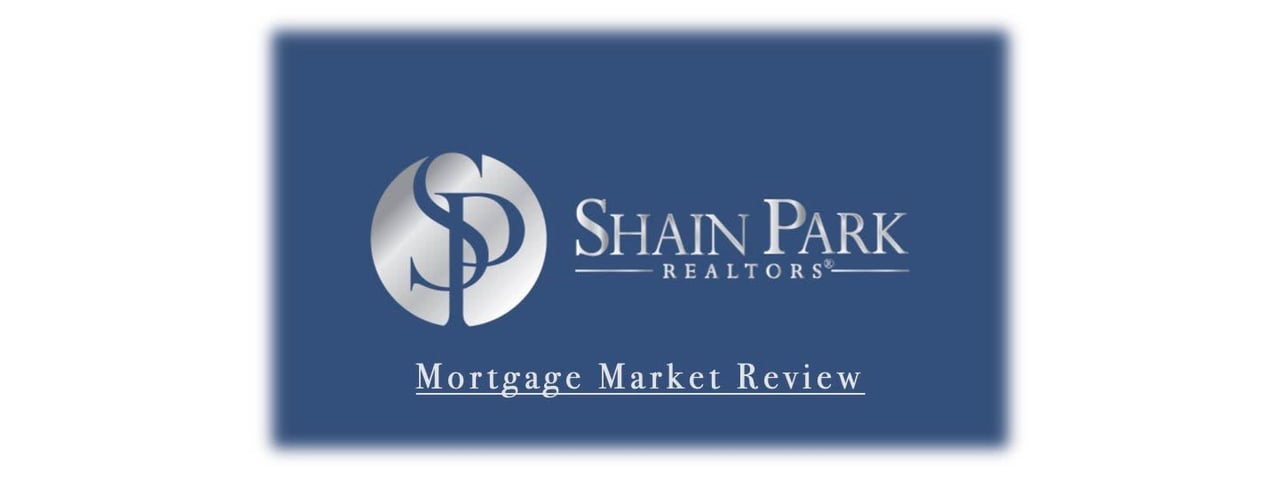In recent weeks, investors were undecided as to whether the Federal Reserve would cut rates by 25 or 50 basis points, as the combination of economic, labor market and inflation news didn't suggest that one or the other was more likely. Recent speeches and interviews with Fed officials also made it seem as though many hadn't yet made up their minds, either. In the end, the Fed decided to kick off the new interest rate cycle with a 50-basis point cut.
Even casual observers likely noticed that mortgage rates moved considerably lower well in advance of any Fed action. From last fall's peaks and up to the meeting, the average offered rate for a conforming 30-year fixed-rate mortgage declined by a total of 170 basis points, retreating by more than a full percentage point since May and 64 basis points since the July meeting concluded. This should inject some life into the sluggish housing market, but even then, high rates aren't the only issue that's holding back housing. As well, while mortgage rates are lower, rates around the 6% mark aren't especially low, and only about where they were two years ago. At the time those were the highest mortgage rates since 2008 and not considered all that attractive.
We'll see how much lift 6%-range mortgage rates provide to the housing market in the coming months, although the impact may be more measured due to end-of-year and holiday effects. Still, it won't be hard to see improvement since home sales were muted as summer came to a close. The National Association of Realtors reported that existing home sales in August declined by 2.5% compared to July, sliding to a 3.86 million annualized pace, an 11-month low. Tallied when titles change hands at closing, August sales mostly reflect demand from July when mortgage rates were running closer to the 7% level. The supply of homes continued to improve slightly, with the number of homes available to buy up 0.7% from July to 1.35 million units, a figure 22.7% higher than a year ago. As well, existing home prices have begun their typical seasonal fade: While the median home price of $416,700 was up by 3.1% compared to last August, it was also 2.5% below June's record-high $426,900 mark.
Mortgage rates moving lower helped improve the outlooks of home builders a little, too. The September Housing Market Index from the National Association of Home Builders moved up by two points to 41, a move in the right direction, but also one that leaves this indicator still a pretty good distance from its par level of 50. A measure tracking current sales of single-family homes edged higher by one point to 45, but expectations for the future not only brightened by four points to 53, but also moved to the positive side of the ledger after three consecutive months below it. Buyer traffic at model homes and sales offices remains quite low but also picked up a bit, posting a two-point increase to 27 and breaking a four-month string of declines.
Builder moods in September were also likely improved by having more to do in August, as housing starts rebounded to their highest annualized level since the spring. The 9.6% increase in construction activity lifted the annual rate of starts to 1.356 million, powered there by a 15.8% rise in single-family starts (to a 992,000 annual rate). Multifamily construction initiation stepped back in August after a July pop, with multi-unit starts falling 4.2% to an estimated 364,000 pace. Hopes for future activity also revived, as housing permits rose by 4.9% to a 1.475 million rate, with gains from both the single- and multi-family sides of the market.
Mortgage rates should continue to generally head lower over time, and while fall homebuying activity should be relatively solid, more likely is that the stage is being set for a much-improved spring housing market in 2025, provided the economy continues along without incident.
As noted above, mortgage rates have been lower in recent weeks, and that they are approaching the 6% mark hasn't escaped the notice of potential homebuyers or homeowners. For the week ending September 13, the Mortgage Bankers Association reported a 14.2% increase in requests for mortgage credit. Applications for funds to purchase homes rose by 5.4% and have now increased in six of the last eight weeks, so home sales should be ticking higher.
Meanwhile, requests for loans to refinance existing mortgages leapt by 24.2%, so folks with loans in the 6.75% and above class are taking steps to lower their monthly costs or extract equity from their homes. While the percentage gain is impressive, refi activity is still at a relatively low level, so even a fairly modest bump in activity can be reflected as a large percentage increase. Refi activity is running about a 2.5 year high, or roughly where it was in April 2022 -- but even that was less than a third of the activity just a year before that (April 2021). Of course, rates then were about half of what they are today; suffice it to say that refi activity is up, and stronger than it has been in a while.
So the Fed finally moved, and in a larger amount than some expected. As is often the case, there was a little bit of a "buy the rumor, sell the news" outcome from investors, as long-term interest rates firmed up a bit after the Fed's decision. Part of the reason for this is that the Fed's messaging was positive, in that it was looking to preempt labor market deterioration and economic softening rather than reacting to prior failing conditions. In this way, the central bank appears to be more out in front of the situation than trailing behind it. Another factor is that by lowering rates, economic activity will generally be bolstered over time, and that makes riskier assets (like stocks) relatively more attractive, so some investor money flows out of bonds and into stocks, lifting bond yields a bit.
Mortgage rates had been falling for weeks, but at least based on how the yield on the 10-year Treasury moved in recent days, that decline will probably come to an end next week. To be fair, mortgage rates aren't poised to go anywhere very fast, but based on the modest increase in yields, there does appear to be good odds for a 3-5 basis point increase in the average offered rate for a conforming 30-year fixed-rate mortgage as reported by Freddie Mac this Thursday. After that, we'll have to wait to see the Fed's favorite inflation report to get a sense of whether another decline in mortgage rates should be expected in the near term.




